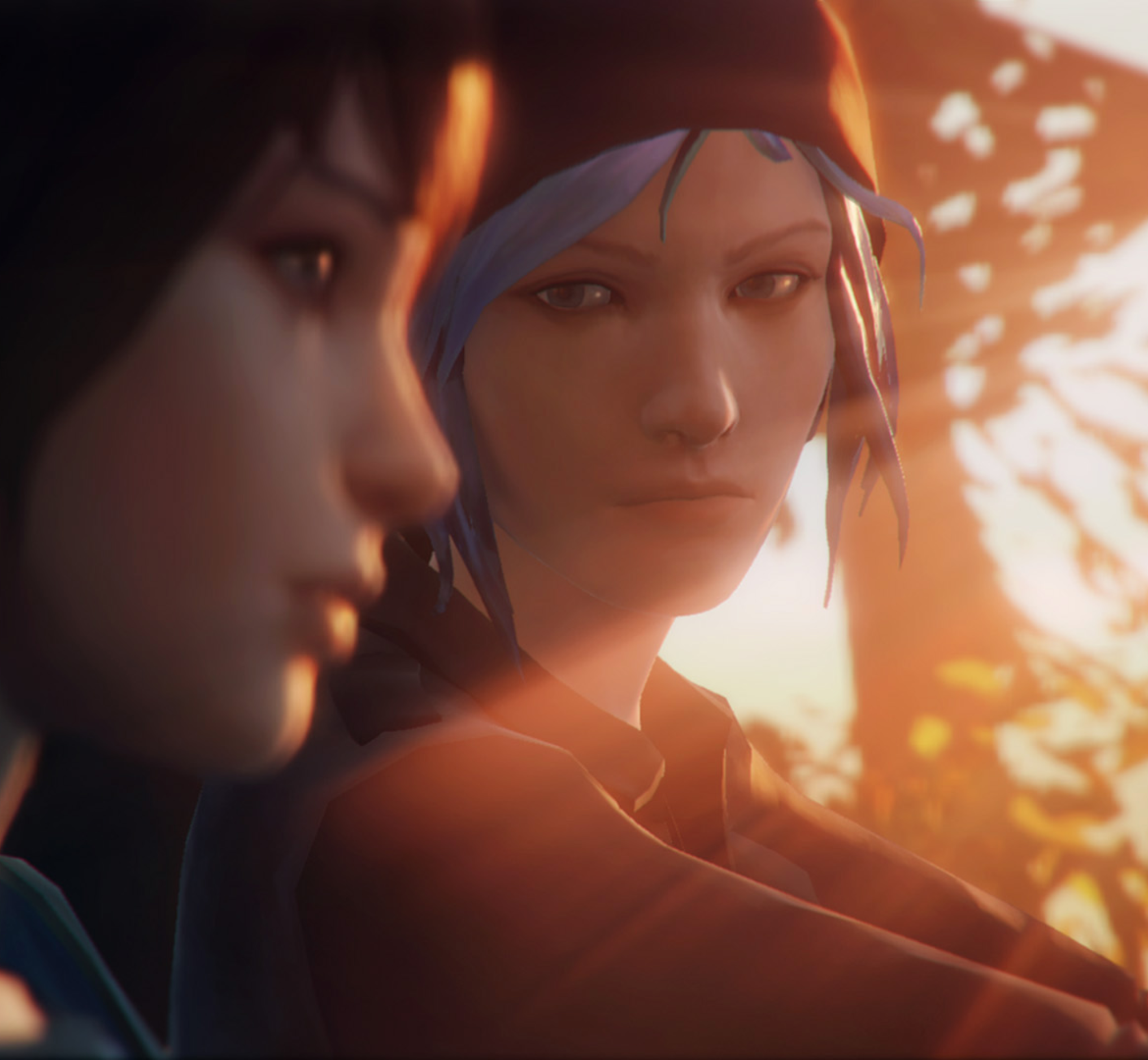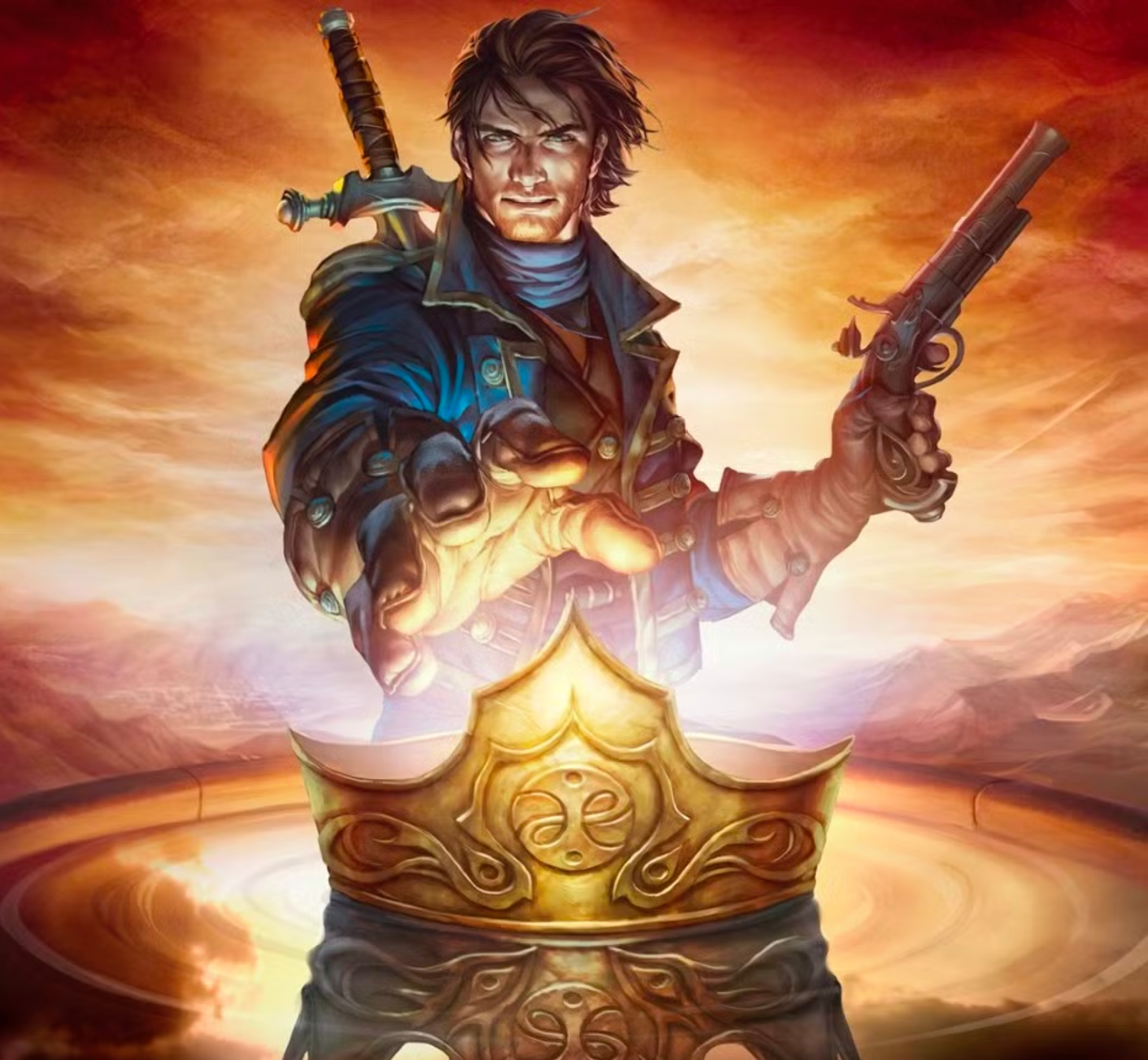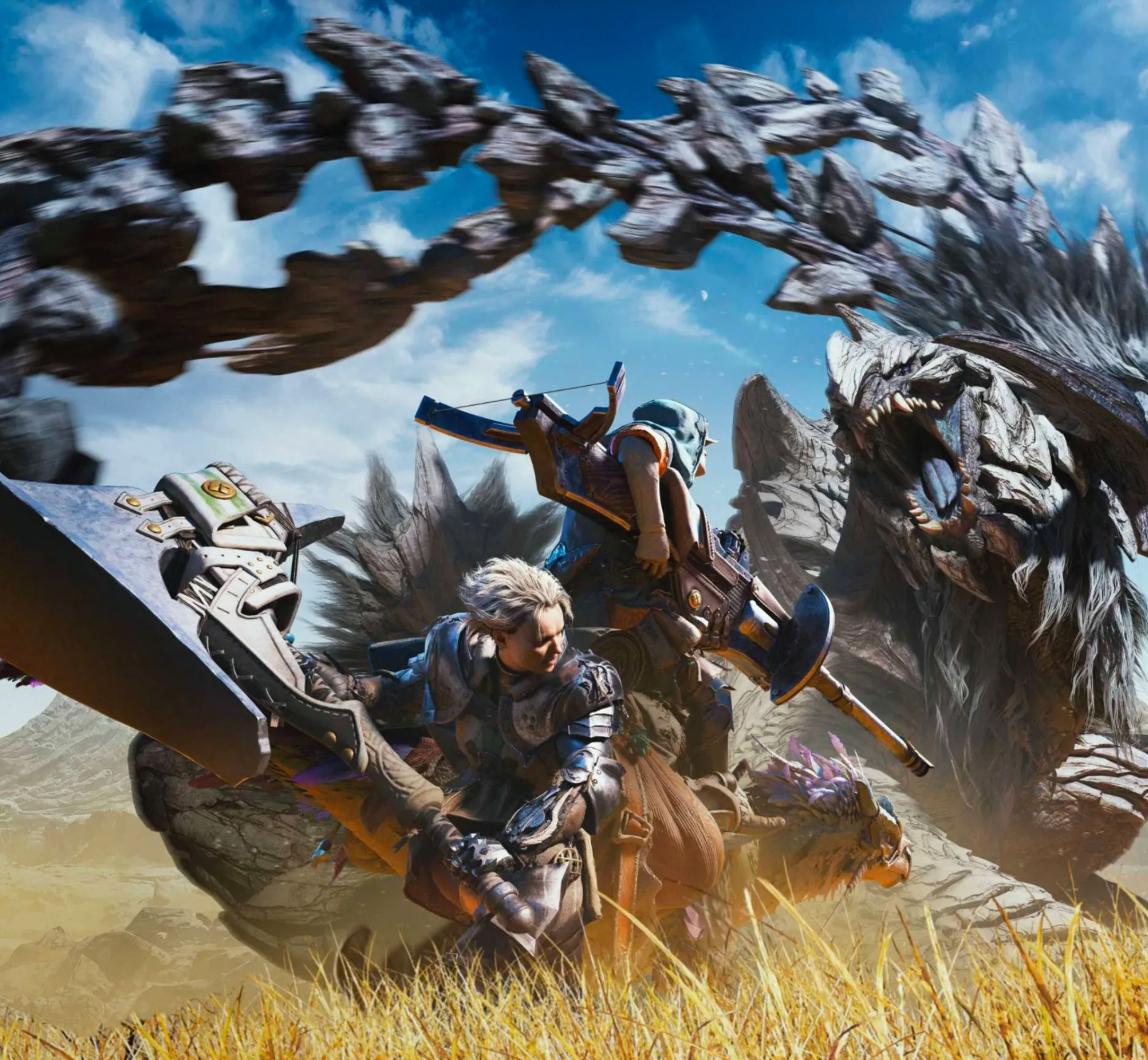After nearly a decade of whispers and speculation, the narrative-driven franchise Life Is Strange is poised to take its next chapter beyond the gaming world—this time as a live-action television series. Both fans and industry insiders are buzzing about what this shift means for the beloved story, its characters, and the emotional impact that earned it a dedicated global fanbase.
The original game, launched more than ten years ago, made waves for its unconventional time-warping mechanics, deeply human storytelling, and the heart-wrenching moral decisions players had to make. Its success spawned a full anthology series, featuring Life Is Strange: Before the Storm and Life Is Strange 2, each offering fresh characters and narratives that expanded the game’s emotional tapestry.
Now, with the upcoming screen adaptation, the dreamy, melancholy atmosphere of the Pacific Northwest is expected to be vividly recreated, bringing the sleepy, rain-soaked town of Arcadia Bay—and its supernatural undertones—to life in a way only live-action can achieve. Rumor has it that the adaptation will focus on the earliest entry in the series, centering around Max Caulfield, an introspective photography student who discovers her ability to rewind time.
Producers are said to be casting actors who not only embody the physical appearance of beloved characters like Max and Chloe but also their emotional complexity. The series aims to dive deep into themes of friendship, grief, adolescence, and the uncanny, preserving the mood that made the original game so memorable. Key moments—like the rooftop conversation, the Butterfly Effect, and the controversial “Evil Nightmares” sequence—are expected to be carefully reimagined for the screen, potentially amplified by sweeping cinematography and atmospheric score.
There’s also talk of expanding certain narrative arcs for television. Subplots that were only hinted at in the game—an enigmatic disappearance in Arcadia Bay, a small-town conspiracy, and the origins of the supernatural phenomenon—may be fleshed out to create a richer episodic storyline. Meanwhile, the structure could follow Max’s journey across several seasons, perhaps interweaving other installments of the series in spin-off arcs or separate timelines.
While the adaptation is still early in development, the studio is reportedly in talks with writers experienced in thoughtful character dramas—those who can honor the game’s pacing and emotional beats, while offering something new for longtime fans and newcomers alike. The production is also believed to be eyeing streaming platforms known for immersive storytelling, where pacing, tone, and the ability to linger on emotional moments can mirror the gaming experience more closely than traditional networks.
Reactions from the devoted Life Is Strange community are heartfelt and mixed. Some fans are cautiously optimistic, eager to see Max and Chloe brought to life and to experience key narrative moments with live actors. Others are wary, fearing that deviation from the game’s tone or major plot changes could dilute what made the original so powerful.
Yet regardless of outcome, the mere confirmation that Life Is Strange is heading to TV marks a milestone in the way video games continue to shape the cultural landscape. If done right, the adaptation could become a rare example of a digital-original narrative gracefully crossing over into film or television, riding the strength of its storytelling rather than spectacle.
As details develop—from casting announcements to platform deals—viewers and fans alike will be watching closely, hoping that Arcadia Bay’s own brand of magic translates seamlessly from pixels to the screen.



